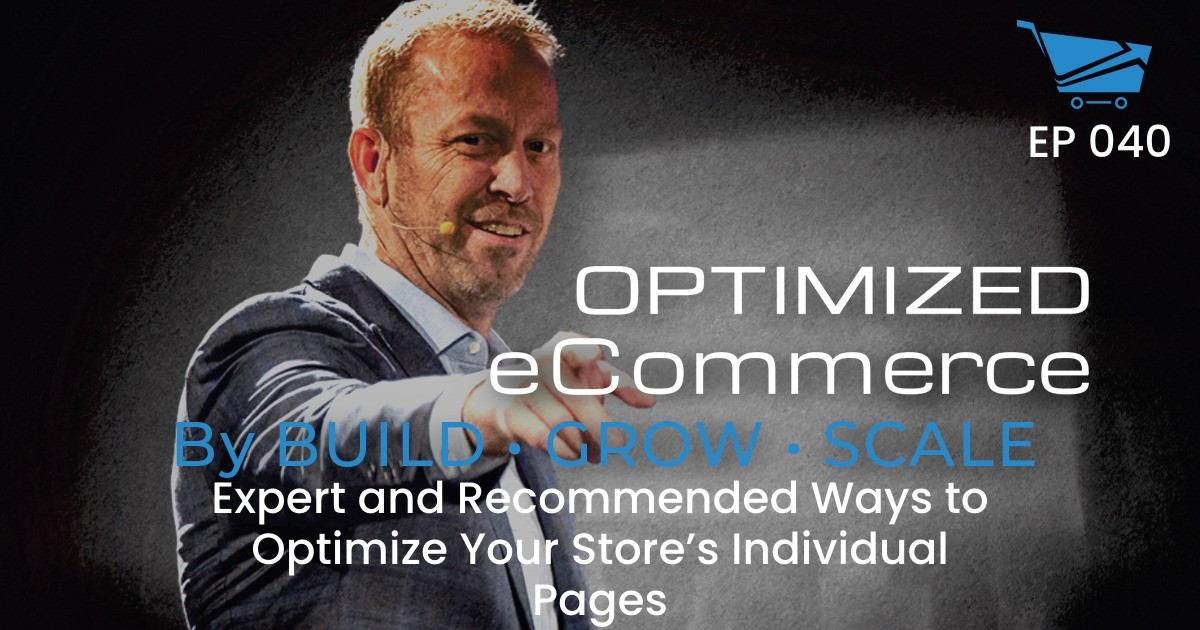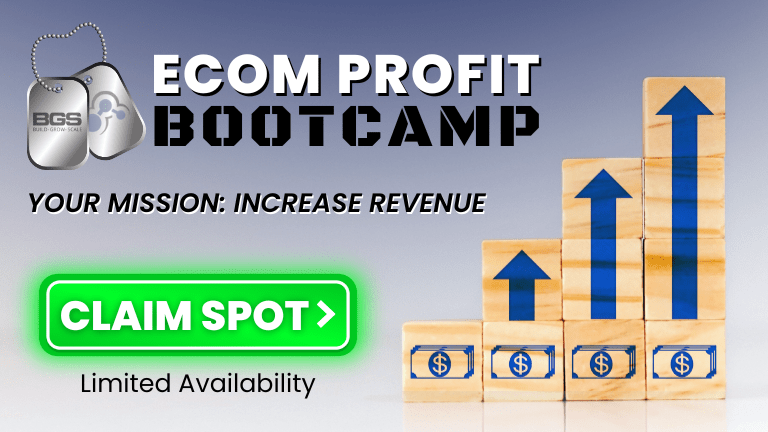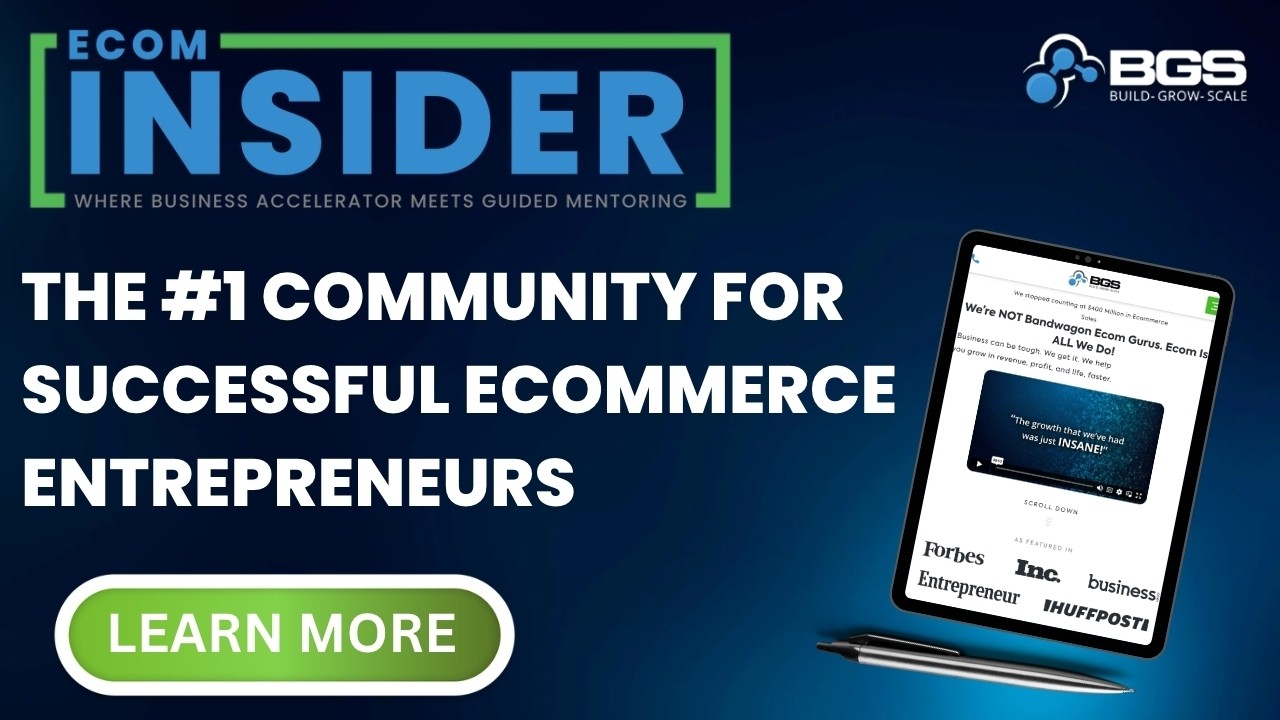Optimized Ecommerce EP 040 – Expert and Recommended Ways to Optimize Your Store’s Individual Pages

Welcome to Episode 040 of Optimized Ecommerce – Expert and Recommended Ways to Optimize Your Store’s Individual Pages. I’m your host, Tanner Larsson, CEO of BGS.
BGS means Build Grow Scale! It is a community that we founded where eCommerce entrepreneurs and physical product sellers come to learn how to take their businesses to the next level.
Mariana Dourado is one of BGS Revenue Optimization Experts. She has been working with BGS for over two years doing audits, analyzing websites, and finding what works better for the sites.
Mariana also works on some of BGS Amplified Partnership Stores, she does a lot of the initial heuristic analysis, where she takes a look at the site to figure out where we can add value, how we can help them, and if we can help them.
Here’s just a taste of what we talked about today:
Mariana discussed the importance of not adding the Add to Cart Button on the homepage.
It is important to not add the Add to Cart Button on the homepage because its main purpose is to build trust and to provide clarity on the next steps.
The homepage should be a page where people would be convinced that your product is amazing, it is where you can give them details of why they should buy that product from your store.
This context is similar to a physical store behavior, when a customer enters a store they are looking at the items and probably don’t want someone pushing them to take something. Adding an Add to Cart button on the homepage will more likely scare your customers and will probably not be convinced to add the item to the cart.
Then we talked about what pages should be optimized first, in what order, and why?
When it comes to revenue optimization, the process starts backward. We first optimize the checkout page, cart, product pages, category pages, and then the homepage.
The reason why we do the process backward is because once people reach the checkout page, then it is much easier to convert. They have already been through the funnel. So working on the improvement is much easier and makes more sense because people are already willing to convert.
We also discussed a few other fun topics, including:
- Reasons why the product page is not the only page that matters.
- How does a buyer’s journey happen for people?
- Why isn’t it advisable to add a lot of elements on your pages such as the Add To Cart Button and Buy Now Button?
- What does a store have to do with third party payment methods like PayPal or Shop Pay?
- Is it a good idea to provide so much information on every page?
All that and more! But you’ll have to watch or listen to the episode to hear about those!
How To Stay Connected With Mariana Dourado
Want to stay connected with Mariana? Please check out their social profiles below.
- Website: BuildGrowScale.com/author/Mariana
Resources
Also, Mariana mentioned these resources on the show. You can find them on:




